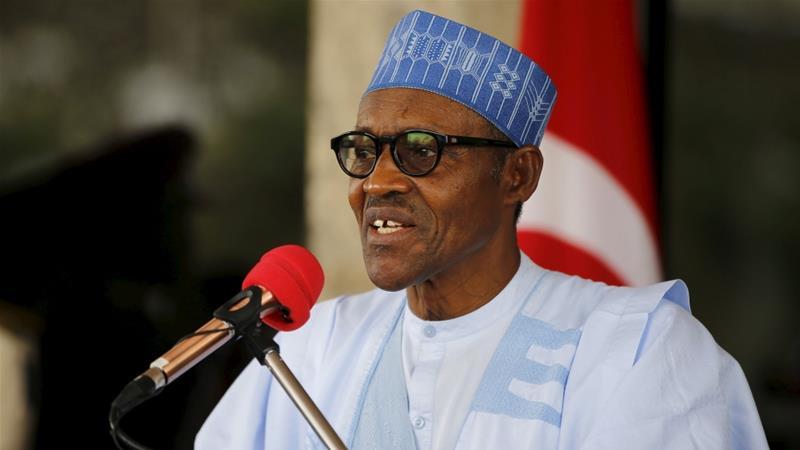A Nigerian critic and social media commentator, Wednesday, said each citizen is owing N105,000 because the country is indebted to the tune of N21 trillion under the three years of President Muhammadu Buhari administration.
However, Nigeria’s population census figure is estimated at 195,875,237 as at 2018.
In his Twitter handle, Reno Omokri, a one-time special assistant to ex-President Goodluck Jonathan said ‘’ When GEJ handed power to @Mbuhari on May 29, 2015, Nigeria owed ₦9 trillion (₦6 trillion was borrowed in 16 years) meaning every Nigerian owed ₦45,000.’’
The tweet is against the background of $328 million loan Muhammadu Buhari collected from China to improve Nigeria’s Information Technology and telecommunications.
Though before now Buhari administration had already collected $5 billion from China, Abuja-based Debt Management Office (DMO) record shows that Federal Government’s debt profile as at June 2018 stands at $73.2 billion.
In another tweet, Omokri said Buhari government had collected ₦13 trillion, noting ‘’Yet, 11 million Nigerians lost their jobs in the last 3 years and he can’t boast of 3 projects initiated, started & completed under him #RenosDarts.’’
Also, Dino Melaye, the senator representing Kogi west, recently alleged that the APC administration had incurred N11 trillion debt in three years as against N6 trillion borrowed by the PDP in 16 years.
Reacting to the rejection of the Peace Corps Bill by the president, the Senator pointed out that “About $5.5 billion was borrowed from euro bond; what part of it will the youths of this country benefit from? About $1bn is to be spent on security and how does this affect the youth of this country?”
Melaye added that “The Peoples Democratic Party, in 16 years, borrowed N6 trillion and this government in three years, has borrowed N11 trillion but there is no specific programme that will empower the youth.”
On Wednesday, March 14, 2018, Patience Oniha, the Director General of the Debt Management Offices (DMO), lent voice by putting the country’s public debt as at December 31, 2017 at N21.7 trillion.
Ms Oniha said the figure was composed of External Debt stock of 26.64 per cent, up from 20.04 per cent in 2016, and Domestic Debt of 73.36 per cent, down from 79.96 per cent in 2016.
Cofirming, Kemi Adeosun, the Minister of Finance had defended the country’s current N21.7 trillion debt profile, saying the federal government was borrowing to build key national assets for economic growth.
Mrs. Adeosun spoke in March 2018 said in Abuja the Muhammadu Buhari administration was not worried with the high debt stock contrary to criticisms and insinuations that the borrowings may lead the country back into another debt trap.
Although she said government objective was to reduce the ratio to 60 percent for Domestic, and 40 per cent for External, the Director General said details include Federal Government Domestic Debt (N12.589 trillion) and the Domestic Debt of States and the FCT (N3.348 trillion).
Further details showed the External Debt of the Federal, States and the FCT at N5.787 trillion.
But, Mrs. Adeosun said despite the rising profile of the country’s debt from about N12 trillion by December 2016, what Nigerians should be concerned about should be that “the borrowings were for financing capital expenditure to stimulate the economy.”
“The funds injected through the borrowings strongly supported the implementation of the Federal Government’s Budget, which helped the country exit recession in 2017 earlier than expected,” she said.
The Minister noted that the public debt profile as at December 31, 2017 represented about 18.20 per cent of Nigeria’s gross domestic product for the year, indicating a debt sustainability ratio within the 56 per cent threshold for Nigeria’s peer group.

